Paestum – An impressive greek temple complex in the rural farmlands of Campania
If you are already in the Amalfi area or planning a trip to Amalfi, make sure that you also plan a visit to the magnificent well preserved Greek Temples of Paestum.
Riding through the Italian countryside of farms and rolling hills, the Temples of Paestum magically stand out from the Italian landscape with these stunning Greek Temples that seem to pop out of nowhere.
These temples have survived the Italian countryside for over 2600 years and are a fantastic side trip to the area when you visit the Amalfi Area.
A visit to historic Paestum – inspiring Greek Temples in Campania
A little history about the Greek temples of Paestum
The temples of Paestum were originally called Poseidonia and was founded around 600 by the Greeks that didn’t rule and settled the region directly but built temples and small colonies in the areas that they ruled.
These colonies were created for Greeks to either look for opportunities in the new lands or trying to escape from political or some form of persecution from where they came from. The colony of Paestum Greek rapidly with were public roads, buildings and eventually the temples of Poseidonia.
The temples here are dedicated to the Greek god, Poseidon and later the Roman colony surrounding the area was named Paestum around 300 years after the temples were built and is still called that name today. The Roman expansion into the new colony where it prospered under Roman rule.
The solid columns are built of enormous blocks stacked in order with stone dowels that keep them in place with no use of mortar. This simple technique has kept the temples intact through the centuries and surviving all the natural disasters that have happened in the region.
There are only 300 acres of Paestum with 61 acres which have been excavated and studied, the remaining areas are still buried with unknown discoveries still to be found in the future. The equivalent of over 120 hectares the remaining and untouched land remains in private landowners.
Surrounding the ancient city are the city walls that still remain intact and covering an area of 3 miles and average a height of 49 feet and the thickness of the walls between 16-23 feet in thickness.
The Greek temples of Paestum are also certified as a Unesco World Heritage site since 1998.
Paestum Temples FAQ
Where is Paestum located?
The ancient Greek city of Paestum is located in the western coastal inlands and about 90 Kilometers south of Naples and located in the Campania region.
Address; Via Magna Graecia, 917/919, 84047 Paestum SA, Italy
Why visit the historic temples of Paestum?
These temples are some of the most visited archaeological sites visited due to their largely intact and preserved Greek temples.
When is Paestum open?
The Archaeological Park at Paestum is open every day from 8:30 to 19:30
The first Mondays of each month, the museum is closed.
What is the best way to visit the Greek Temples of Paestum?
If you are coming from the Amalfi area, you can easily come by buses that come from the coastal roads through the Amalfi coastline or Salerno and eventually enters the Calabrian countryside directly to Paestum.
Also, you can catch a train from Naples to Paestum station which takes about 1.5 hours and then a short 10-minute walk to the historic site.
Why are these Greek Temples in such excellent condition?
The temples are impressive with huge columns of stone that use no mortar and have stone pegs that keep them in place. This simple building technique with a thicker and wider column base has helped them survived many earthquakes and natural calamities that have happened in the region and kept them intact.
Visiting the three major temples of Paestum
The main treasures to visiting this Unesco World Heritage sites are the three intact temples and the surrounding city ruins on the perimeter of the temple grounds. You are able to explore all these monuments including the two Hera dedicated temples where you can enter the inside areas of the temple sites.
Temple of Hera at Paestum
The oldest temple of the three temples is called the Temple of Hera and dedicated to the goddess of women, marriage, family and child birth. It was built approximately around 550 BC
The columns of the temple are different comparted to typical Greek temples because they are wider and a different amount of columns used compared to other typical column builds. The facade of the temples consists of 9 columns and the long sides with 18 columns in the Doric style.
The columns tend to be thicker at the base and slightly more rounded and thinner at the top where they connect to the capital. Looking like elongated thick mushrooms with a cap on top, the temple columns are unlike any other temples remaining throughout the Greek temples of the world.
Second Temple of Hera at Paestum
Next to the older temple sits the second temple of Hera and built around 450 BC. Even though some experts have thought this was dedicate to Poseidon and even called the Temple of Poseidon at Paestum, the temples are correctly called and dedicated to the goddess of Hera.
Just like the first temple the columns are built the same and thicker in the bottom and slimmer towards the top by the pedestal.
Third temple dedicated to Athena (also erroneously called Temple of Ceres)
The third temple is located at the end of the site and is dedicated to the Temple of Athena and built around 500 BC. The smallest of the three temples at Paestum, the architecture of this temple is considered transitional in which both the Ionic and early Doric styles are a combined influence to this particular temple. The outer columns are presented in the Doric style while the inner columns are done in Ionic style.
There are six fluted columns on the facade and 13 columns on the long side of this temple.
Other ruins at the historic site of Paestom
The Heroon is a Greek memorial tomb, found 1952 and located in the middle of the settlement. Frecoes of the Heron were taken and installed in the archaeological museum.
Across the street from the Museum is a sunken circular Ekklesiasterion, c 480 BC, a civic assembly area large enough for about 500 is well preserved and easy to spot.
Via Sacra, the main north-south street in ancient Roman Paestum is straight and well laid out and intact.
The city walls encircle the historic site with four gated portals entryways.
Here’s a fantastic historical video tour of Paestum below
Museum of the Temples of Paestum
The museum contains fantastic collections of artifacts and unearth ceramics and other special finds from the ruins. The museum is impressive with over most of the historic obects collected from the site alone. Well preserved vases found in Heroon (tombs around the Greek ruins) are on display at the Archaeological Museum. Frescoe wall paintings are also shown and collected from slabs of local tombs including a well preserved slab of a diver leaping into a pool and symbolizing the transition to the after life.
Make sure when you visit to allocate at least an hour to appreciate all the findings and collections from the museum. The cost of visiting the grounds includes the entrance to the museum as part of the entrance fee.
Beautiful antiquities in the Paestum Archaeology Museum
More information and details to visiting the temples of Paestum
The Archaeological Park at Paestum is open every day from 8:30 to 19:30
The first Mondays of each month, the museum is closed.
Entry costs to the temples and museum – 6 Euro from December to February, 12 Euro from March to November
To purchase tickets online visit here for more instructions.
Check out more about the history and architectural wonders of these Greek temples on the World History Encyclopedia post here for more information about these amazing temples of Paestum.
The official website information here for more details and visiting the ancient site.
ARCHAEOLOGICAL PARK OF PAESTUM & VELIA
Address
Via Magna Grecia, 919 – 84047
Capaccio Paestum (SA)
Tel. 0828 81 10 23
email: [email protected]
PEC: [email protected]
Pin and save this for later
Conclusion to visiting Paestum
Thanks for checking out this post on Paestum, it really should be on your list of worthwhile places to visit here in Portugal.
Hope that this post has been helpful to planning your visit to the city and if so, please do share it with any of the social media channels and buttons located below.
Disclosure – some of the links above are to affiliate sites that are either reviews or recommendations if you book helps to keep our site running at no additional cost to you. We appreciate your supporting our website meanwhile.
Sharing is caring 🙂

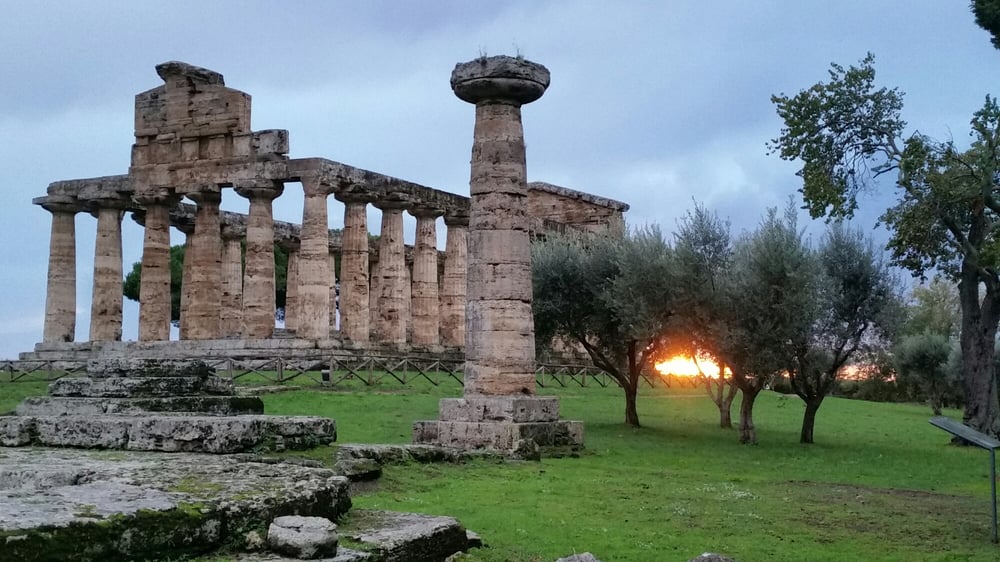
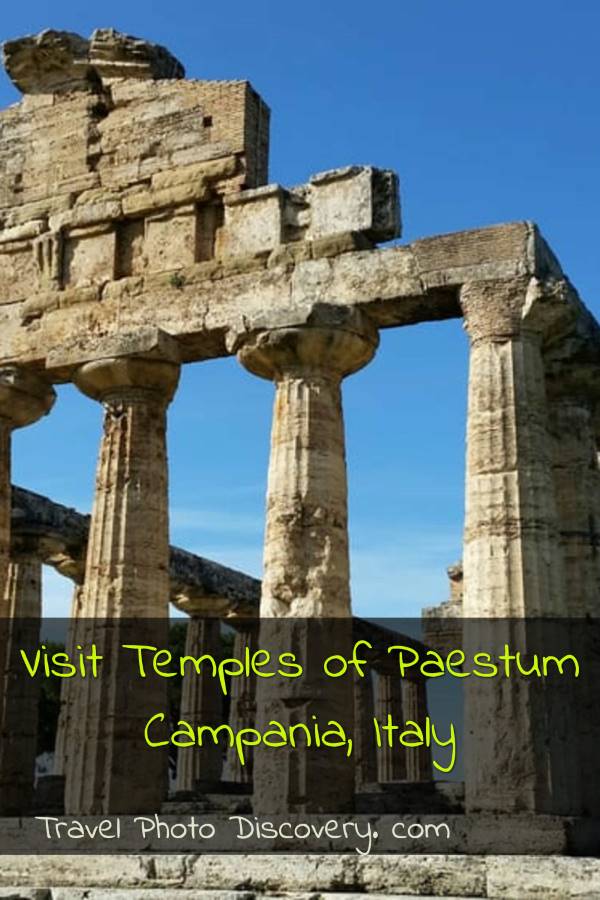
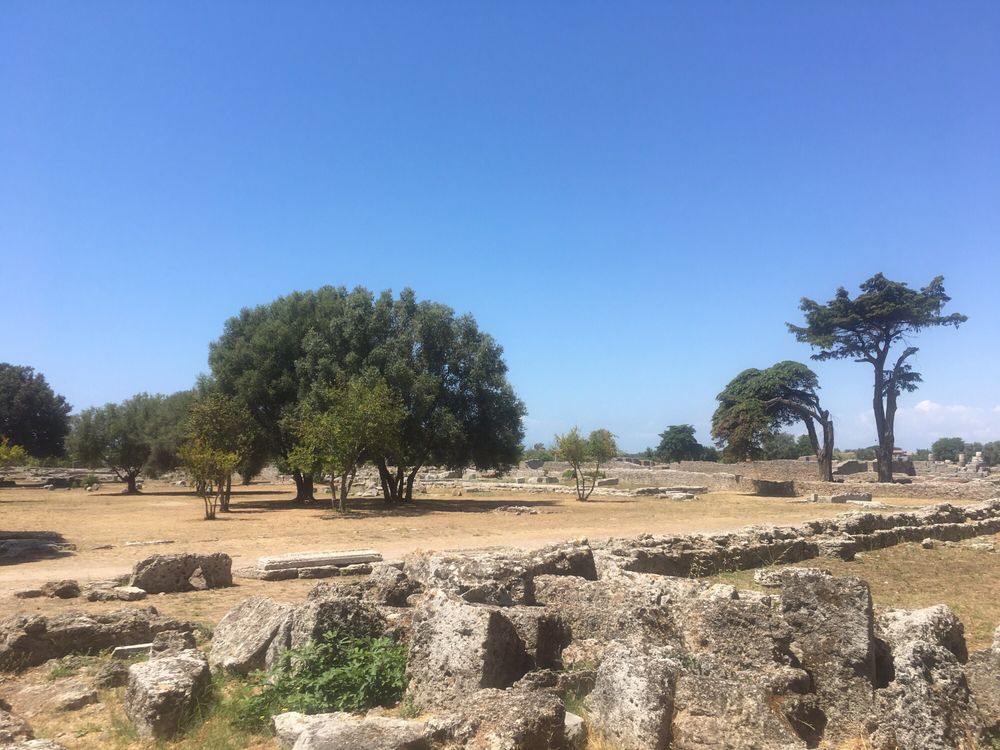
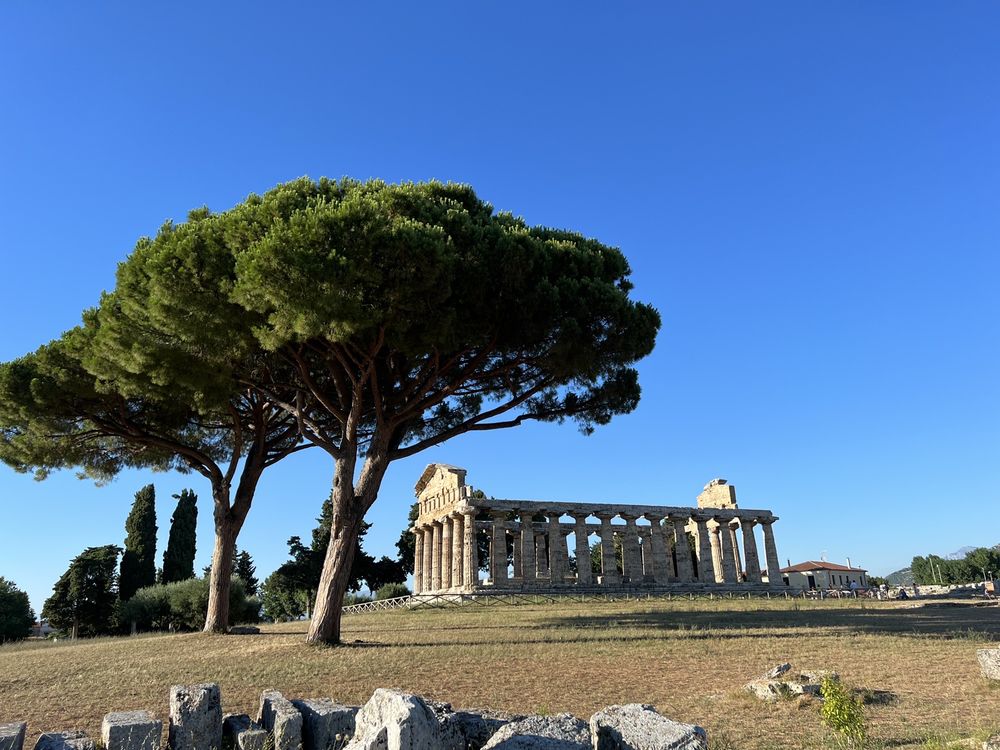
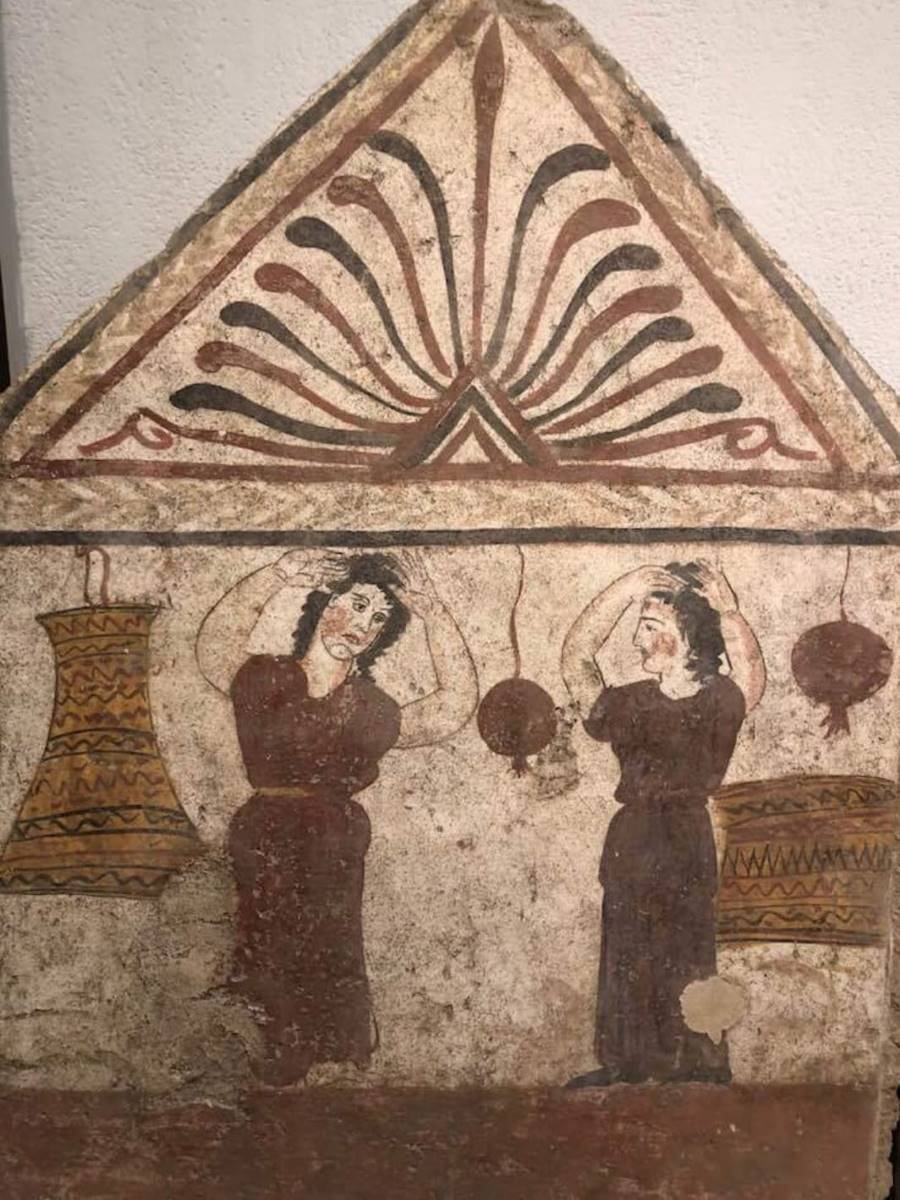
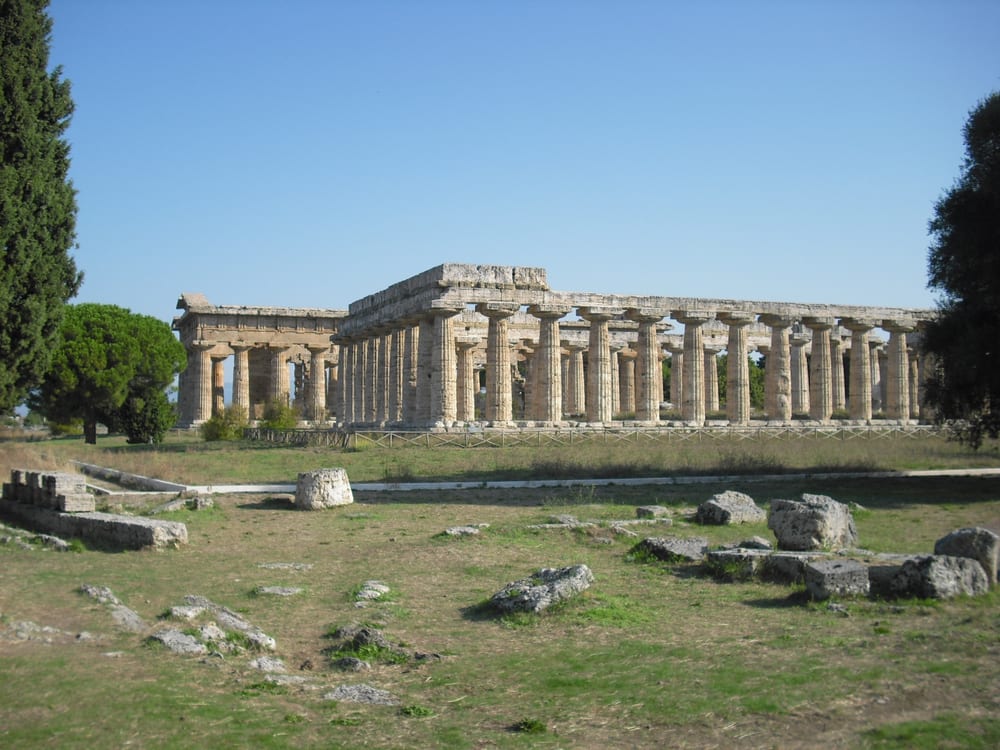
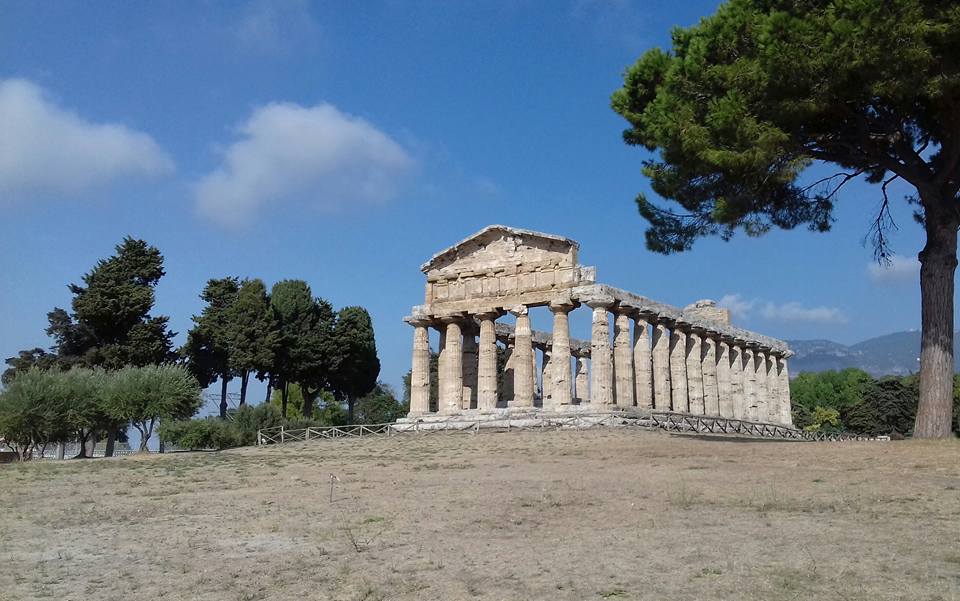
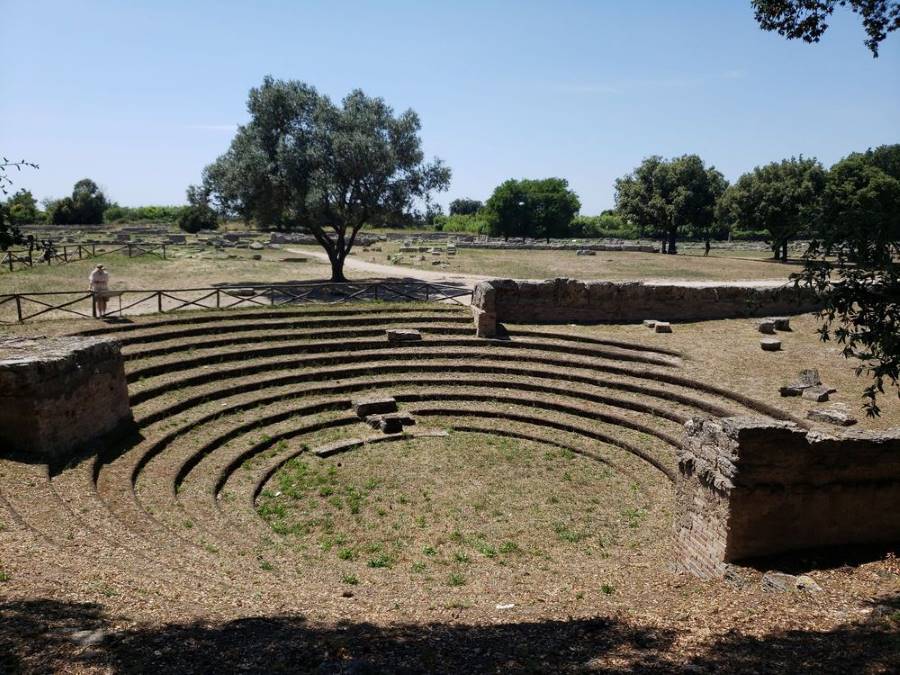
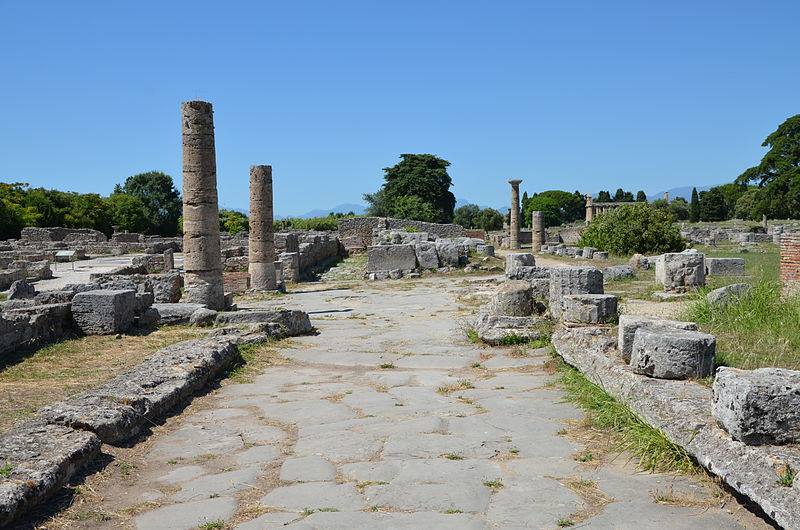
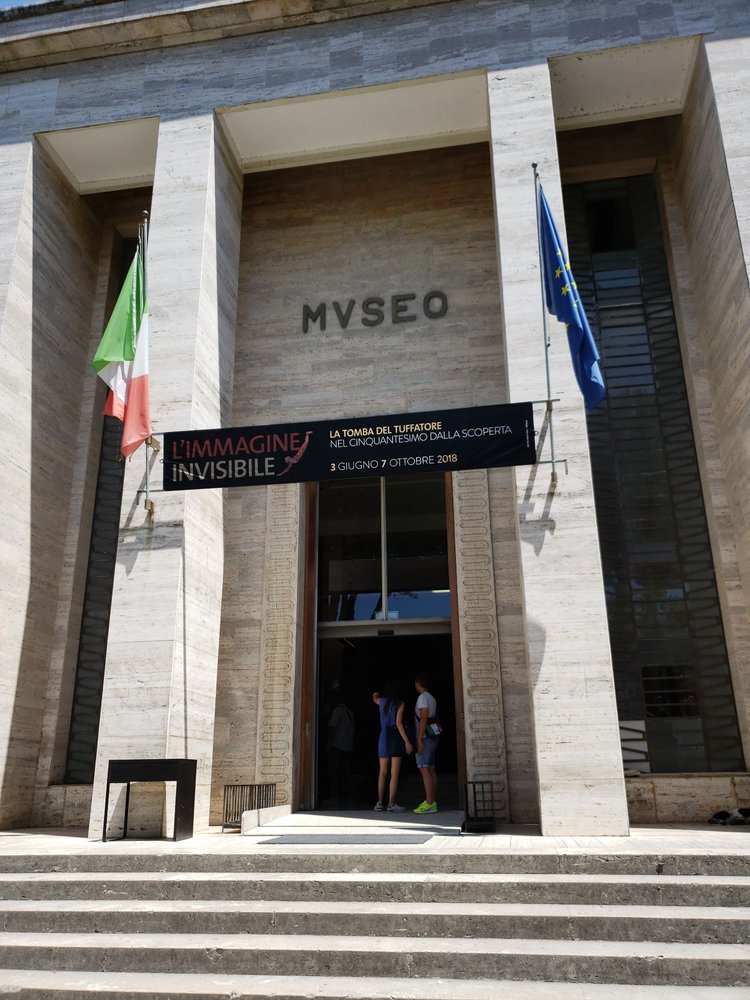
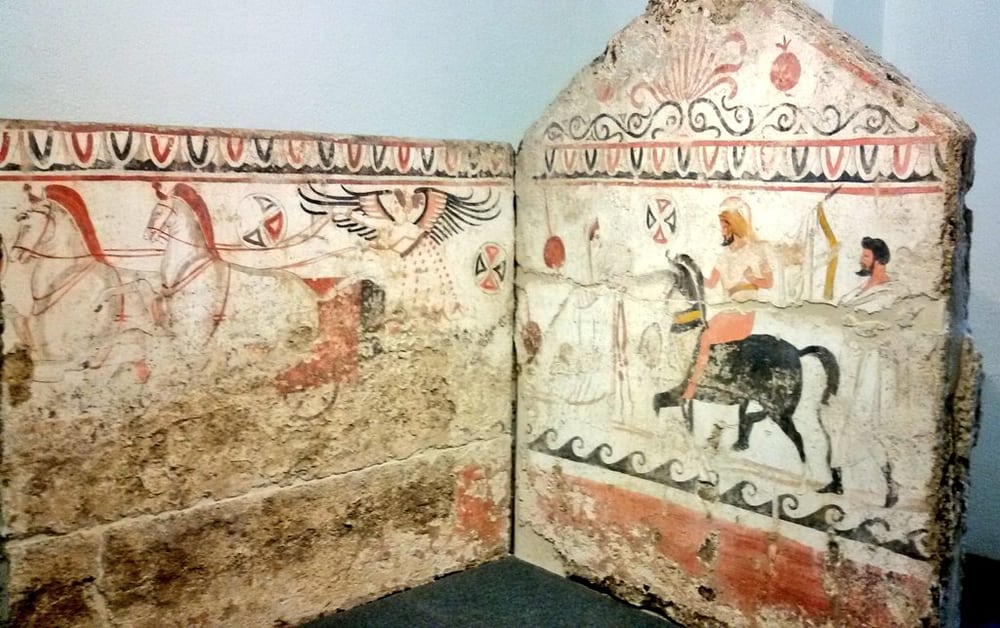
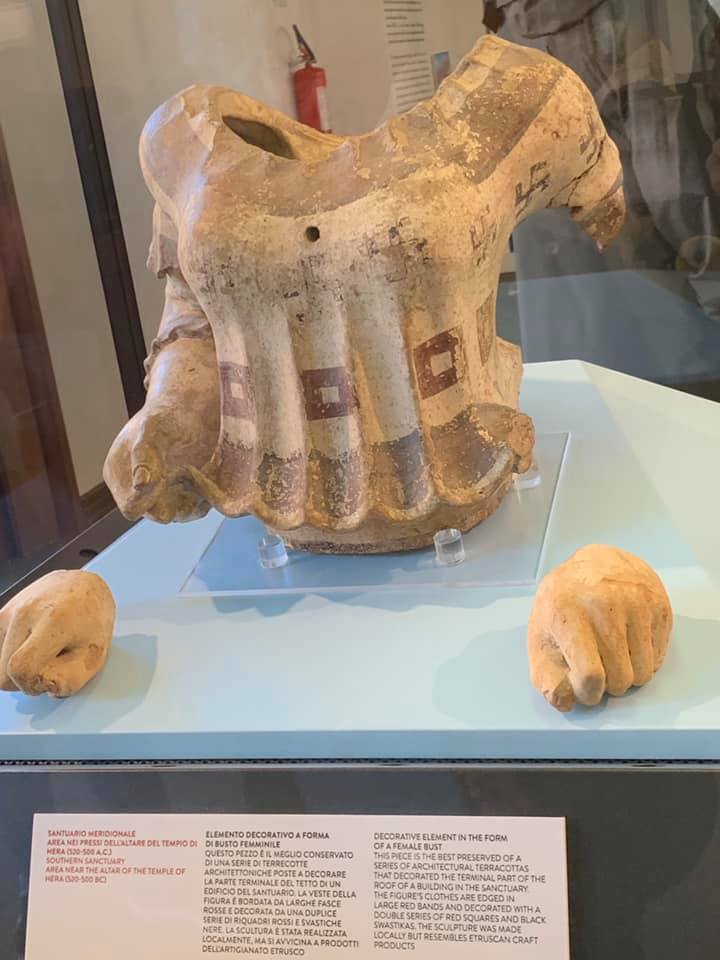

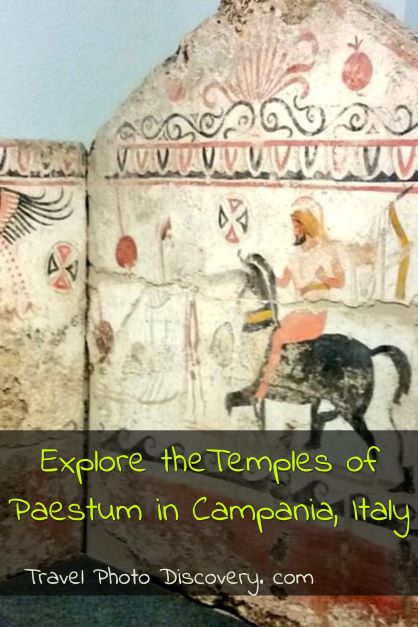
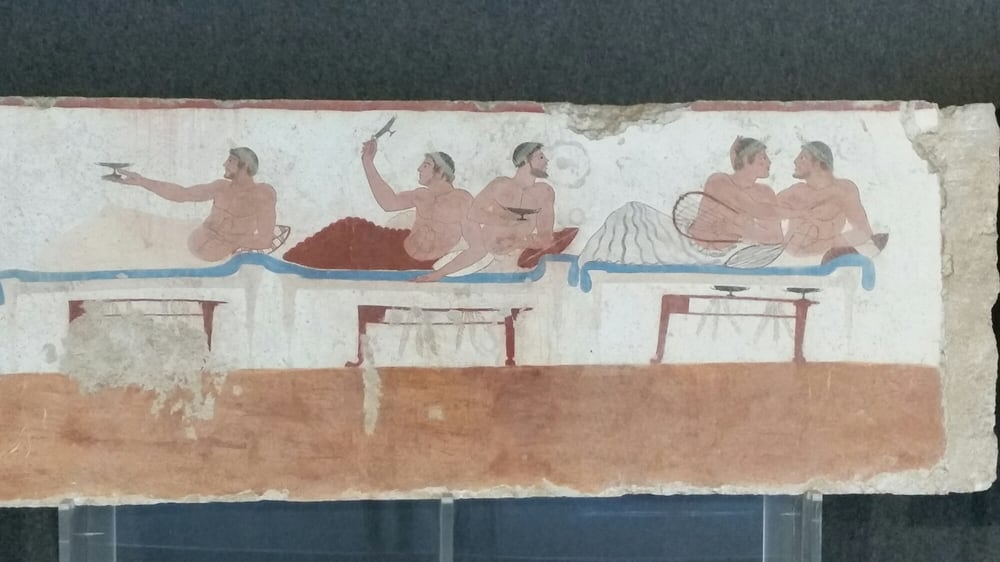

Trackbacks/Pingbacks